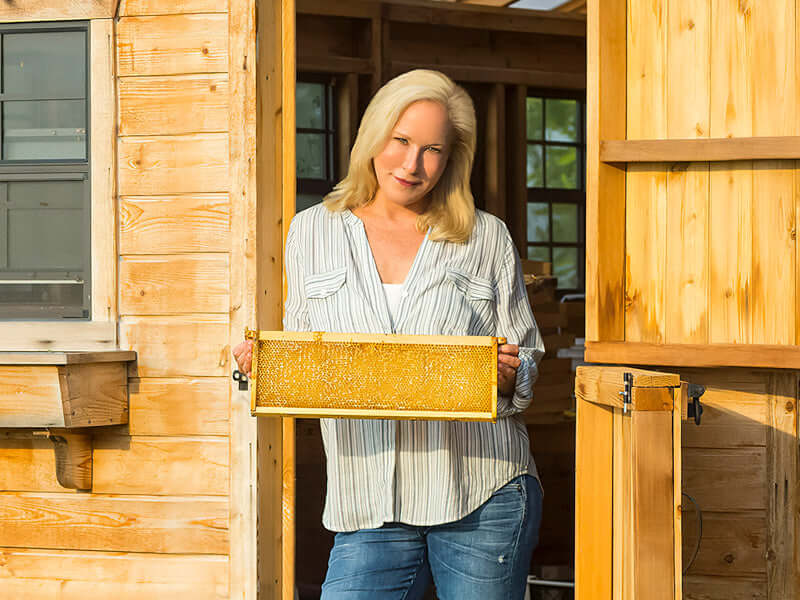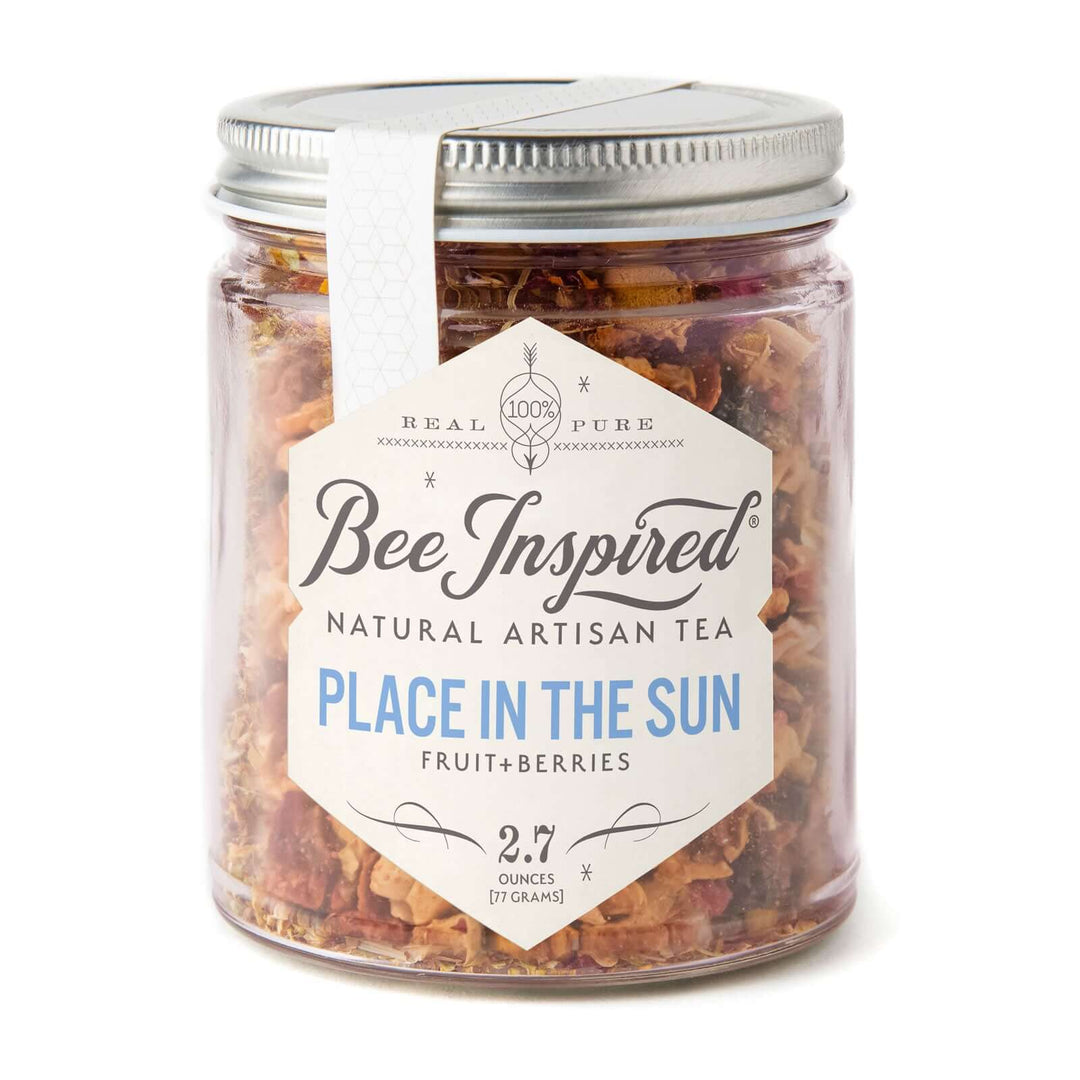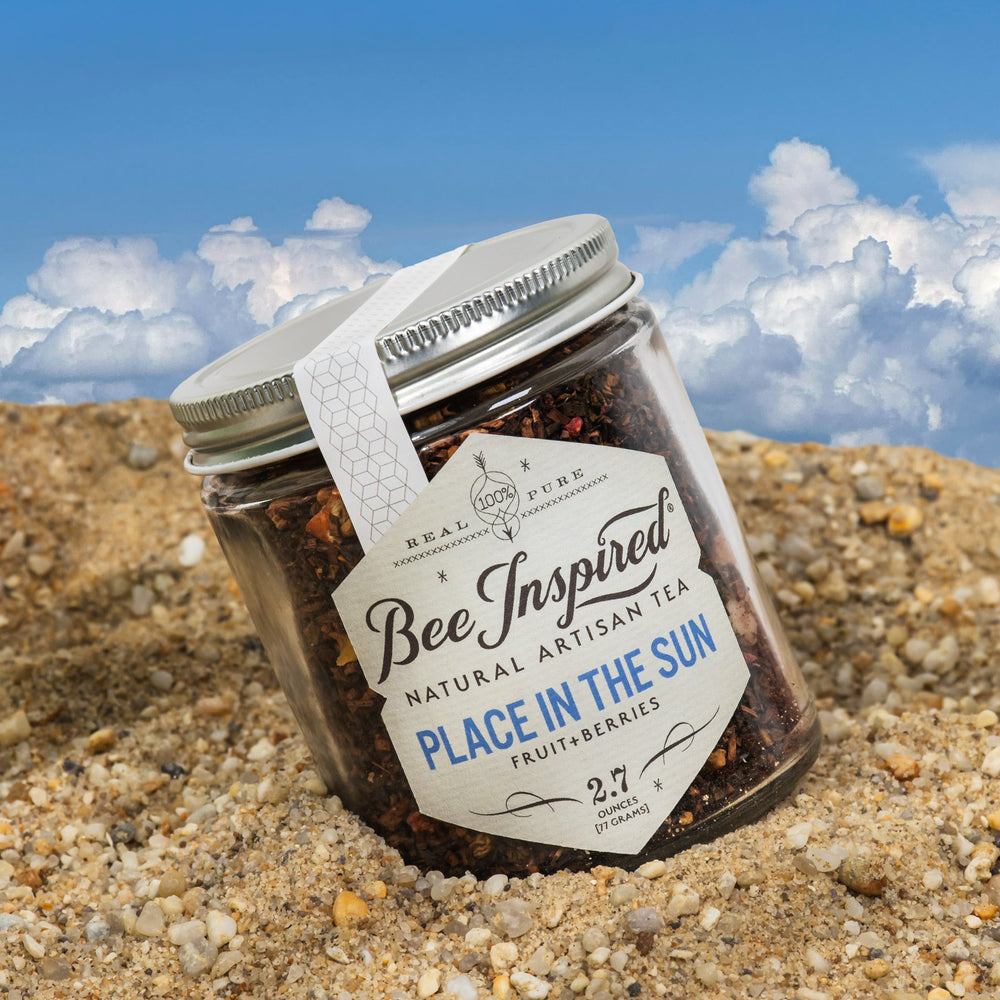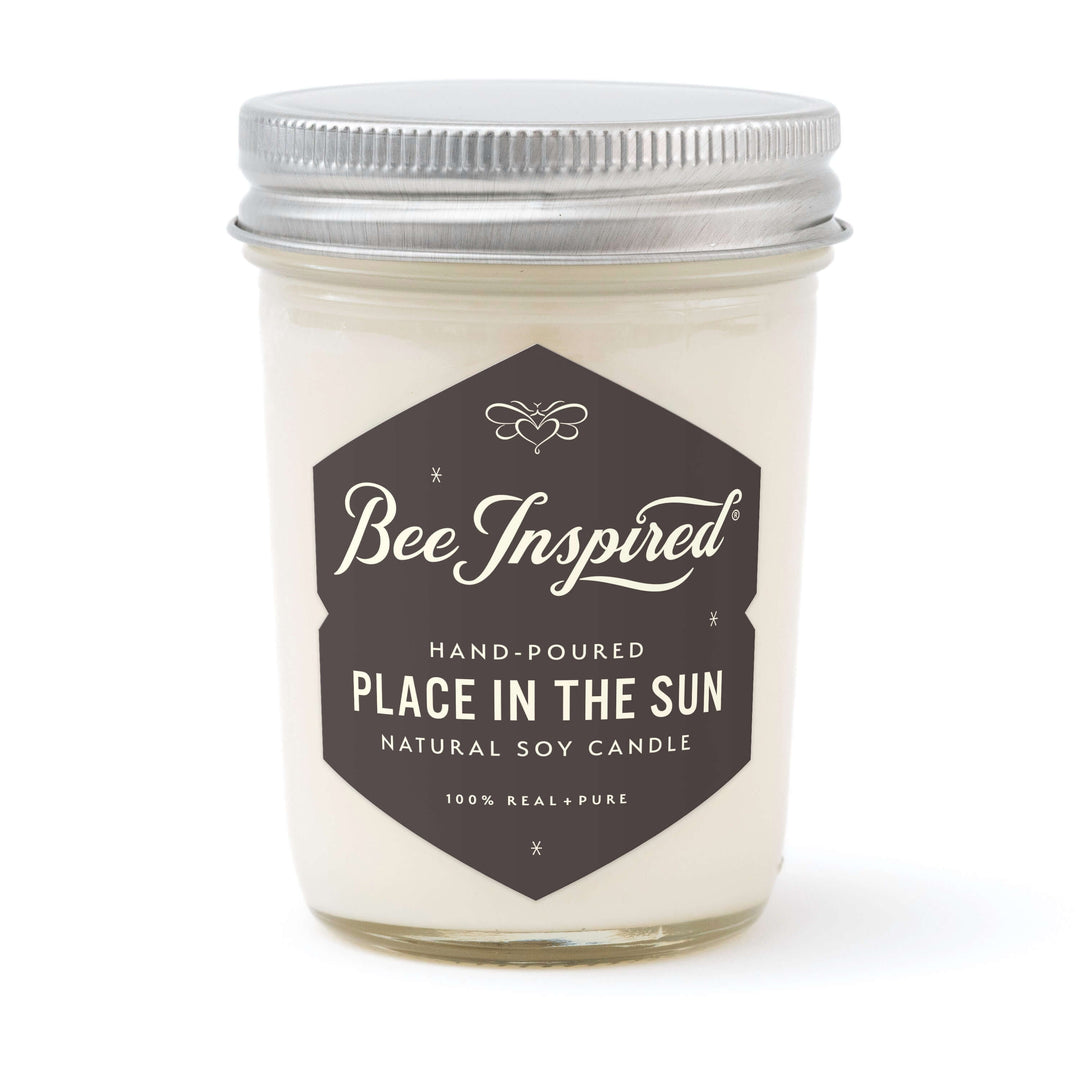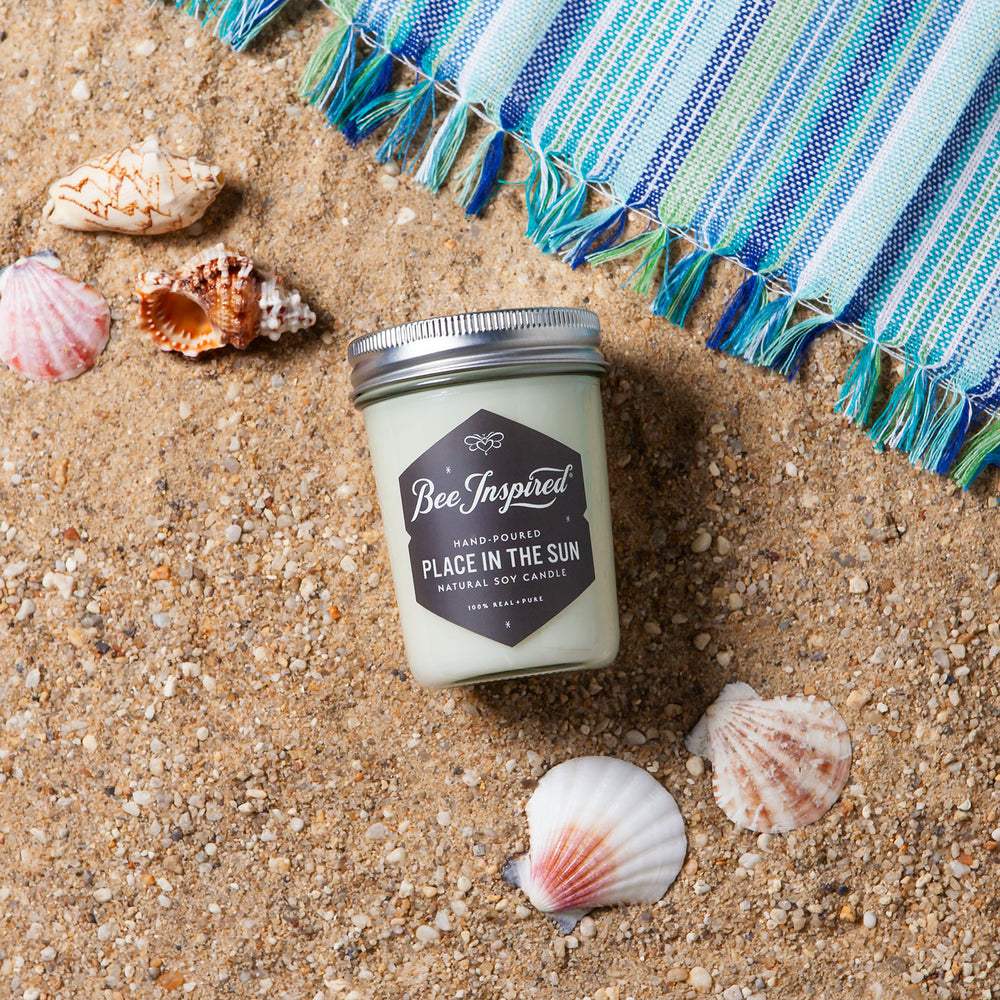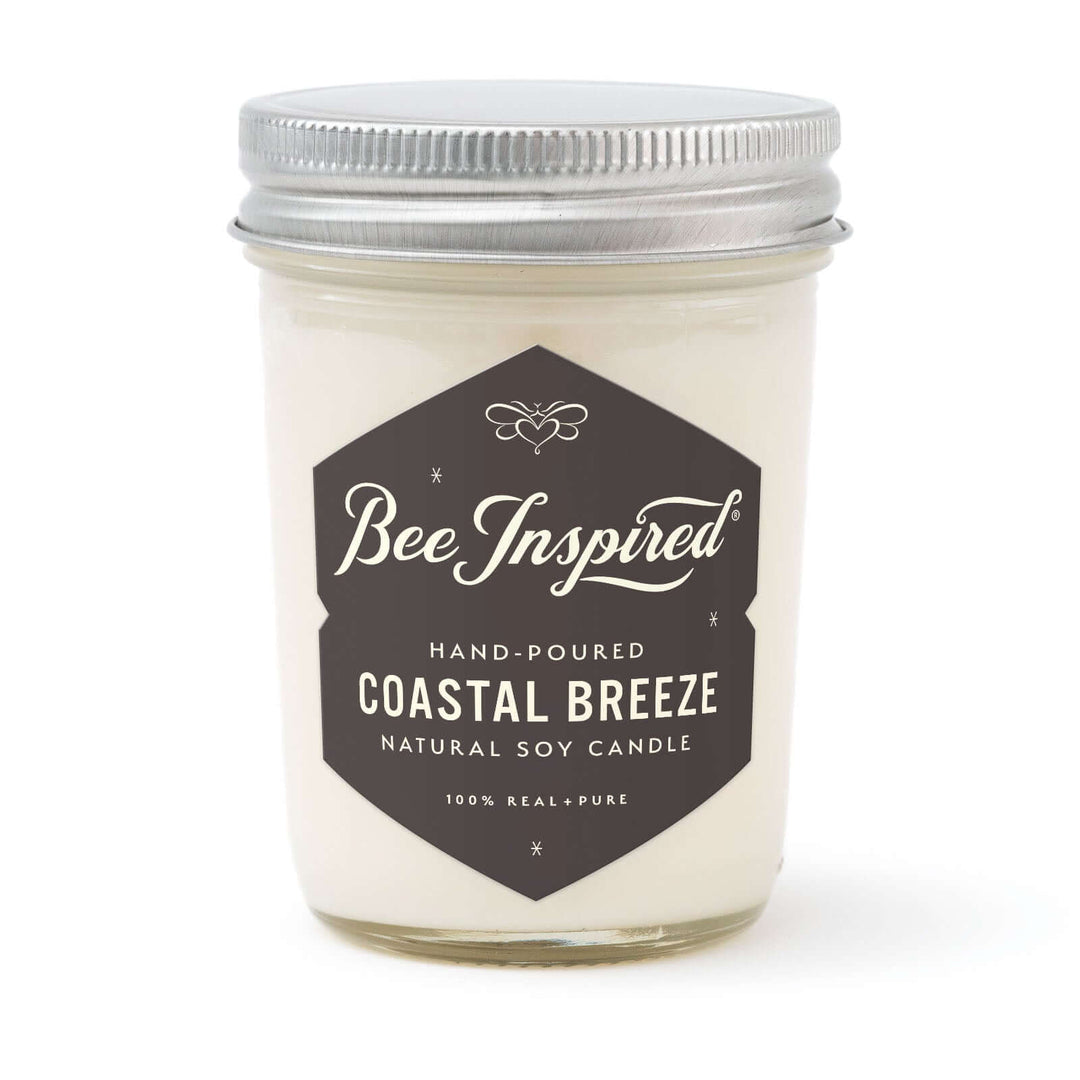Lavender is one of nature's most versatile plants, offering numerous benefits for your health, home, and personal care. From calming anxiety to repelling insects, this fragrant herb has been treasured for centuries. At Chesterhaven Beach Farm, we grow hundreds of organic lavender plants that we transform into our signature Peace of Mind Collection. This guide shows you exactly how to use lavender in your daily life.
The Rich History of Lavender
Lavender has been cherished across civilizations for over 2,500 years. Ancient Egyptians used lavender in their mummification process and as a perfume. Romans added it to their baths for its cleansing properties – in fact, the name "lavender" comes from the Latin word "lavare," meaning "to wash." During medieval times, people scattered lavender across floors to mask odors and deter pests, while Tudor-era gardeners considered it essential for any proper garden.
During the Victorian era, lavender became associated with purity and cleanliness. Queen Victoria herself was particularly fond of lavender and appointed an official purveyor of lavender products to the royal family. This royal endorsement cemented lavender's status as a premium botanical in British culture.
Today, modern science has validated many traditional uses of lavender, with studies confirming its stress-reducing, sleep-promoting, and mild pain-relieving properties – uses that traditional healers have known for centuries.

What Makes Lavender Special?
Every June, Chesterhaven Beach Farm blooms with fragrant lavender fields that attract both visitors and honeybees. This resilient plant thrives in sunny areas with good drainage, requiring minimal water and fertilizer. It grows beautifully in rocky soil, sandy terrain, or containers, and deer avoid it completely. The soothing scent of lavender has made it a staple in traditional medicine and household remedies across cultures for generations.
Lavender belongs to the mint family (Lamiaceae) and includes over 45 different species, each with its own unique characteristics and benefits. The most commonly cultivated varieties include English lavender (Lavandula angustifolia), French lavender (Lavandula dentata), and Spanish lavender (Lavandula stoechas). At Chesterhaven Beach Farm, we primarily grow English lavender for its superior fragrance and versatility in both therapeutic and culinary applications.

15 Practical Ways to Use Lavender
Lavender Oil is Perfect for Your Health
- Natural Bug Repellent: Crush fresh lavender flowers and rub the oil on your skin to repel mosquitoes and flies. Unlike chemical repellents, lavender offers a pleasant fragrance while keeping bugs away. The natural compounds in lavender that insects dislike are completely safe for humans and pets. Scientists have identified linalool and linalyl acetate in lavender as particularly effective against many common insects while being gentle on sensitive skin.
- Soothe Bug Bites and Itching: Lavender's anti-inflammatory properties make it ideal for treating insect bites and reducing irritation. Simply apply a small amount of lavender oil to the affected area for quick relief from itching and swelling. The natural compounds help reduce histamine reactions, which are responsible for the uncomfortable itching sensation after a bite.
- Relieve Muscle Aches and Pains: Massage lavender essential oil into sore joints and muscles after physical activity to reduce pain and inflammation naturally. The oil penetrates deeply to ease tension in overworked muscles from gardening, hiking, or exercise. For enhanced relief, combine lavender oil with a carrier oil like jojoba or sweet almond and warm slightly before application to increase absorption into tired muscles. Consider peppermint oil or almond oil for a different kind of aromatherapy massage.
- Treat Burns and Cuts: Apply diluted lavender essential oil to minor cuts and burns as a natural antiseptic. For sunburns, mix a few drops with cold water in a spray bottle for instant relief. You can also brew lavender tea, chill it thoroughly, and apply it to irritated skin. The antimicrobial properties of lavender help prevent infection while its anti-inflammatory qualities reduce redness and pain.
- Reduce Stress and Anxiety: Inhaling lavender's soothing scent can help lower tension and promote relaxation. Try our Peace of Mind Body Butter for this calming effect. Studies have shown that lavender can help reduce cortisol levels, the body's primary stress hormone. Research published in the Journal of Alternative and Complementary Medicine found that lavender aromatherapy significantly decreased anxiety levels in patients awaiting medical procedures.
- Improve Sleep Quality: Place a small sachet of dried lavender under your pillow or use a lavender linen spray on your bedding to promote deeper, more restful sleep. Research has demonstrated that inhaling lavender before bedtime can increase slow-wave sleep patterns, helping you wake feeling more refreshed. Our customers report falling asleep up to 20 minutes faster when using lavender as part of their bedtime routine.
- Headache Relief: For tension headaches, apply diluted lavender oil to your temples and the back of your neck, then rest in a dark, quiet room while practicing deep breathing. The combination of lavender's analgesic properties and its calming scent can help reduce headache intensity and duration without the side effects of over-the-counter pain medications.

Our Peace of Mind Massage Candle brings the spa to your home
Lavender Aromatherapy for Your Home
- Natural Moth Repellent: Place fresh or dried lavender bunches in closets and drawers to keep moths away while adding a pleasant natural fragrance to your home. This chemical-free alternative protects your clothing without the harsh smell of mothballs. Moths are particularly repelled by the strong aromatic compounds in lavender that mask the pheromones they use to locate suitable egg-laying sites.
- Refreshing Room Spray: Create a lavender tonic that doubles as a room spray to freshen your living space with a calming natural scent. Simply combine lavender essential oil with distilled water and a small amount of witch hazel or vodka in a spray bottle for an instant mood lift in any room. The alcohol helps the oil and water mix properly for even distribution. You can use it as pillow spray for a relaxing scent while you rest.
- Air Freshener: Hang dried lavender bundles in rooms or place bowls of dried buds around your home for continuous natural fragrance. Unlike commercial air fresheners, lavender provides a subtle, non-overwhelming scent that promotes well-being. For high-traffic areas like entryways and bathrooms, replace dried lavender monthly to maintain optimal fragrance.
- Natural Linen Freshener: Add a few drops of lavender oil to wool dryer balls or place sachets in your linen closet to keep sheets, towels, and clothing smelling fresh. This method is particularly beneficial for those with sensitive skin who react to commercial fabric softeners and dryer sheets.

Our Lavender Flower Water is versatile and effective
Lavender Essential Oil for Beauty and Self-Care
- Beard Oil: Our DIY Lavender Beard Oil recipe nourishes facial hair while providing a subtle, masculine scent. The natural oils in lavender help condition coarse hair and soothe the skin underneath, preventing itchiness and flaking. Simply combine 10 drops of lavender essential oil with 1 ounce of jojoba oil and 1/2 ounce of argan oil for a premium beard treatment at a fraction of commercial product costs.
- Milk and Honey Face Mask: Combat skin aging and redness with our soothing Lavender Milk and Honey Face Mask recipe, perfect for dry or irritated skin. The combination of lavender with milk and honey creates a gentle treatment that hydrates while reducing inflammation. Lavender's natural antibacterial properties make this mask particularly effective for those struggling with adult acne and rosacea.
- Cucumber Eye Treatment: Reduce puffy eyes with our Honey Cucumber Eye Treatment featuring lavender's refreshing properties. This natural remedy helps diminish dark circles and revitalize tired eyes after a long day. The combination of cucumber's cooling effect with lavender's anti-inflammatory properties creates a powerful treatment for eye puffiness caused by allergies or insufficient sleep.
- Body Oil: Create your own Lavender-Infused Body Oil for moisturizing and aromatic benefits – perfect for gift-giving or personal use. Our simple recipe combines carrier oils with lavender for deep hydration and relaxation benefits. For best results, apply immediately after showering while skin is still slightly damp to lock in maximum moisture.

Our Lavender Baby Oil is perfect for dry, sensitive skin
Culinary Lavender Delights
- Herbal Tea: Brew dried lavender with chamomile for a relaxing caffeine-free beverage that can be enjoyed hot or iced. Add a touch of honey and lime for a refreshing twist that helps calm nerves and promote better sleep. For the perfect balance, use approximately 1 teaspoon of dried lavender flowers per cup of water and steep for 3-5 minutes – any longer may result in a bitter taste.
- Lavender-Infused Honey: Create a special floral honey by infusing our Eastern Shore Honey with dried culinary lavender buds. This versatile sweetener adds a unique flavor to teas, desserts, and even savory dishes like roasted vegetables. Simply warm honey gently (never boil), add dried lavender buds, and let steep for two weeks in a sealed jar before straining for a delicate floral honey that makes an impressive gift.
- Gourmet Desserts: Enhance your culinary creations with lavender, from our Lemon Lavender Honey Cake to delicate Lavender Honey Marshmallows. The subtle floral notes of lavender pair beautifully with fruits and raw honey for sophisticated treats. When baking with lavender, remember that a little goes a long way – too much can make food taste soapy or medicinal.
- Lavender Sugar: Create lavender-infused sugar by mixing dried lavender buds with granulated sugar and storing in an airtight container for two weeks. Use this aromatic sugar in cookies, cakes, or to rim cocktail glasses for an elegant touch. The essential oils from the dried buds slowly permeate the sugar, creating a subtle but distinct flavor profile that elevates simple desserts to gourmet status.
- Herb Blend: Combine dried lavender with thyme, rosemary, and sage for a classic herbs de Provence blend that enhances roasted meats, vegetables, and soups. This traditional French herb mixture brings Mediterranean flavors to your cooking and works particularly well with chicken, lamb, and root vegetables. Our farm-grown lavender adds authentic flavor to this classic culinary staple.

Growing Your Own Fresh Lavender
Growing lavender is easier than it seems. Lavender thrives in well-draining soil and full sun. Plant in containers if you need to control soil conditions. Harvest lavender flowers when they're in full bloom but before they start to fade. Cut stems in the morning after dew has dried for the best fragrance retention. Most varieties require minimal maintenance once established, making them perfect for both beginner and experienced gardeners.
For optimal growth, follow these expert tips from our farm:
- Soil Preparation: Lavender prefers alkaline soil with a pH of 6.5 to 7.5. Add lime to acidic soil before planting to adjust the pH. Incorporate plenty of coarse sand or fine gravel into the soil to improve drainage – lavender's roots will rot in soggy conditions.
- Spacing: Plant lavender with sufficient space between plants (approximately 2-3 feet) to ensure good air circulation, which helps prevent fungal issues. This spacing also allows each plant to develop into a full, rounded shape without competition.
- Watering: Once established, lavender is drought-tolerant and actually produces more aromatic oils when slightly stressed for water. Overwatering is the most common cause of lavender failure. Water deeply but infrequently, allowing the soil to dry completely between waterings.
- Pruning: Proper pruning is essential for lavender's longevity. Prune established plants in early spring before new growth appears, cutting back approximately one-third of the plant. Never cut into the woody stems, as they typically won't regenerate.
- Winter Protection: In colder regions (Zone 5 and below), mulch around the base of plants with gravel or sand rather than organic materials that hold moisture. If growing lavender in containers, move pots to a protected area for winter.

Harvesting and Preserving Lavender Flowers
To get the most from your lavender plants, harvest you lavender at the right time and preserve properly:
- When to Harvest: The ideal time to harvest lavender is when approximately one-third to one-half of the flower buds have opened. This stage offers the highest concentration of essential oils for fragrance and therapeutic use.
- How to Harvest: Use sharp scissors or pruning shears to cut stems in the cool morning hours after dew has evaporated but before the heat of the day releases essential oils. Cut stems as long as possible, gathering them into small bundles secured with rubber bands or twine.
- Drying Methods: For the best color retention, hang lavender bundles upside down in a dark, dry, well-ventilated area away from direct sunlight. Complete drying takes approximately two weeks. Alternatively, lay stems on screens for faster drying.
- Storing Dried Lavender: Once completely dry, store buds in airtight containers away from heat and light to preserve their color, fragrance, and therapeutic properties. Properly stored dried lavender can retain its scent and benefits for up to a year.

Experience Chesterhaven Beach Farm's Lavender Products
Our Peace of Mind Collection features organic lavender in various forms:
- Calming Mask for skin rejuvenation
- Lavender Honey Lollipops for a sweet treat
- Peace of Mind Body Butter for skin hydration
- Peace of Mind Body Scrub for gentle exfoliation
At Chesterhaven Beach Farm, we take pride in our sustainable farming practices. Our lavender is grown without synthetic pesticides or fertilizers, ensuring that all our products are as pure and natural as possible. We harvest and process every stem by hand to maintain the highest quality and preserve the plant's beneficial properties.
Visitors to our farm during June's lavender bloom enjoy guided tours where they learn about lavender cultivation, harvest their own bouquets, and participate in workshops on creating lavender products. Our annual Lavender Festival has become a beloved community tradition that showcases the versatility of this remarkable plant.
If you try any of our lavender recipes or create your own lavender products, share your photos with us using #beeinspired on Instagram. We love seeing your creative uses of lavender and featuring customer innovations in our seasonal newsletter!
Visit our farm store or online shop to explore our complete range of lavender products and discover how this extraordinary herb can enhance your health, home, and everyday life. From field to finished product, we ensure that the natural benefits of lavender are preserved at every step, bringing a touch of peace and tranquility into your daily routine.






